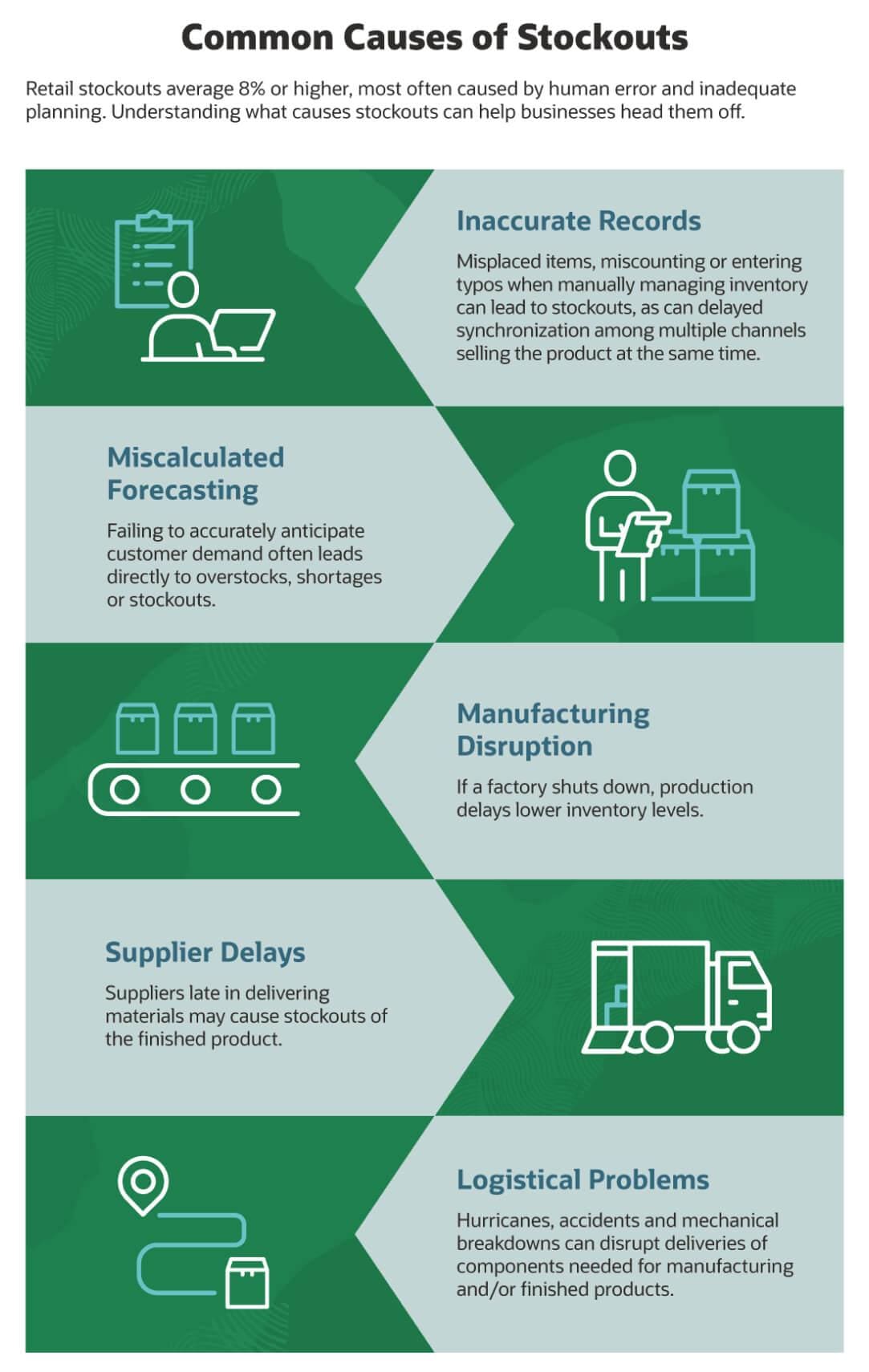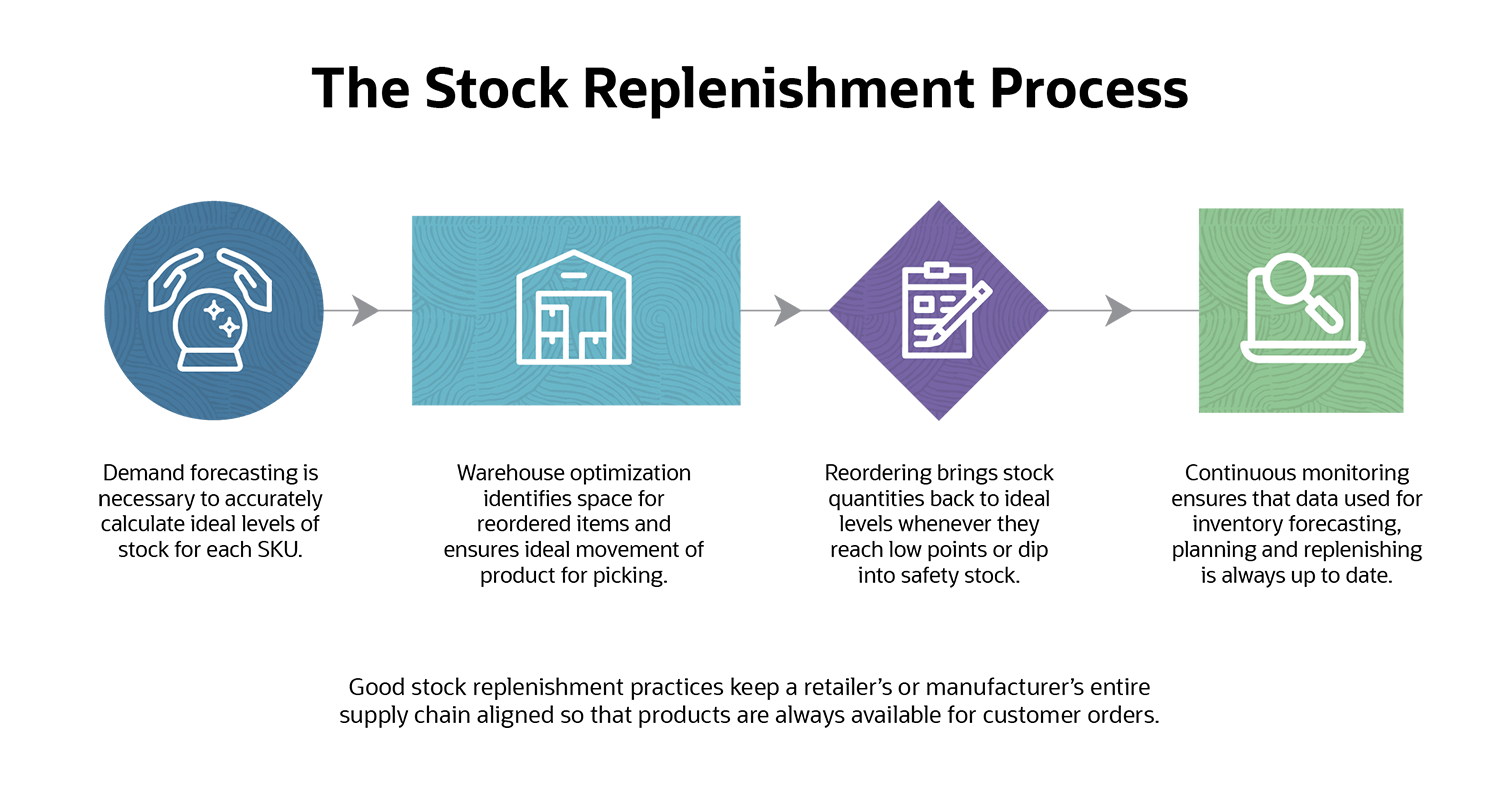In My Business My Stocks Are Almost End And How
To effectively manage inventory and avoid stockouts, Linnworks inventory management software recommends tracking inventory, forecasting demand, working with reliable vendors, and creating backup plans. Other tips include setting reorder points, utilizing low stock alerts, fine-tuning forecasting, and being transparent with customers. Running out of stock can be expensive for retailers and can lead to missed revenue opportunities. It is important to balance inventory, use a FIFO approach, identify low-turn items, and regularly audit stock to prevent stockouts. Maintaining a transparent and honest approach with customers can also help mitigate frustration and confusion. Finding the right balance in inventory management is not a simple task, but these techniques can help retailers avoid stockouts and maintain a successful business.
When your stocks are running low in your business, it's essential to effectively manage your inventory to avoid stockouts. Here are some tips to handle the situation:
-
Track Inventory: Use inventory management software to accurately track your remaining stock.
-
Forecast Demand: Analyze past sales data and market trends to forecast future demand for your products.
-
Work with Reliable Vendors: Establish strong relationships with reliable vendors to ensure timely replenishment of stock.
-
Create Backup Plans: Develop contingency plans for emergency situations, such as alternative suppliers or temporary adjustments to your product offerings.
-
Set Reorder Points: Determine reorder points for each item in your inventory to trigger timely restocking.
-
Utilize Low Stock Alerts: Implement a system that alerts you when stock levels reach a predefined minimum threshold.
-
Fine-Tune Forecasting: Continuously refine your demand forecasting methods based on changing market conditions.
-
Balance Inventory: Ensure a balanced inventory mix based on demand patterns and product turnover rates.
-
Use FIFO Approach: Adhere to the "First In, First Out" method to reduce the risk of obsolete or expired stock.
-
Identify Low-Turn Items: Identify and address slow-moving items in your inventory through targeted promotions or clearance sales.
-
Regularly Audit Stock: Perform regular stock audits to maintain accuracy and identify discrepancies.
-
Be Transparent with Customers: Communicate openly with customers about stock shortages and expected replenishment timelines to manage expectations.
Implementing these strategies can help you avoid stockouts, minimize missed revenue opportunities, and maintain a successful business. If you need further assistance or have specific questions about your business type, feel free to ask.
Sources


Related Questions
Work fast from anywhere
Stay up to date and move work forward with BrutusAI on macOS/iOS/web & android. Download the app today.
